Travelblog – The Italian Dolomites
Thomas Kramer hikes the world’s most loved mountains: The Italian Dolomites
The Italian Dolomites are a Mecca for high level hikers and cilmbers including highlights like a high ridge path along the Austrian border and a circular hike around the world-famous Tre Cime.
The symbol of the region with three immense obelisks of sheer rock is recognised by UNESCO as one of the most unique and spectacular mountain environments in the world.
Many walks here are across high plateaux and pastures, and forest trails built by soldiers during World War I.

The name “Dolomites” is derived from the famous French mineralogist Déodat Gratet de Dolomieu who was the first to describe the rock, dolomite, a type of carbonate rock which is responsible for the characteristic shapes and colour of these mountains; previously they were called the “pale mountains,” and it was only in the early 19th century that the name was Gallicized.
Marmolada,just east of Trento, the highest mountain of the Dolomites,in northeastern Italy.The mountain is located about 100 kilometres north-northwest of Venice, from which it can be seen on a clear day. Walking from here allows you to discover the beauty and sheer magnificence of it.
It consists of a ridge running west to east. Towards the south it breaks suddenly into sheer cliffs, forming a rock face several kilometres long. On the north side there is a comparatively flat glacier, the only large glacier in the Dolomites (the Marmolada Glacier, Ghiacciaio della Marmolada).
The ridge is composed of several summits, decreasing in altitude from west to east: Punta Penia (3,343 m), Punta Rocca (3,309 m), Punta Ombretta (3,230 m), Monte Serauta (3,069 m), and Pizzo Serauta (3,035 m). An aerial tramway goes to the top of Punta Rocca. During the ski season the Marmolada’s main ski run is opened for skiers and snowboarders alike, making it possible to ski down into the valley.
Paul Grohmann made the first ascent in 1864, along the north route.
Before World War I, the border between Austria and Italy ran over Marmolada, so it formed part of the front line during that conflict. Austrian soldiers were quartered in deep tunnels bored into the northern face’s glacier, and Italian soldiers were quartered on the south face’s rocky precipices. As glaciers retreat, soldiers’ remains and belongings are occasionally discovered.
During the First World War, the line between the Italian and Austro-Hungarian forces ran through the Dolomites. There are now open-air war museums at Cinque Torri (Five Towers) and Mount Lagazuoi. Many people visit the Dolomites to climb the vie ferrate, protected paths created during the First World War. A number of long distance footpaths run across the Dolomites, which are called “alte vie” (i.e., high paths).
Such long trails, which are numbered from 1 to 8, require at least a week to be walked through and are served by numerous “Rifugi” (huts). The first and, perhaps, most renowned is the Alta Via 1.
| Elevation | 3,343 m (10,968 ft) |
|---|---|
| Prominence | 2,131 m (6,991 ft) Ranked 9th in the Alps |
| Listing | Ultra |
| Location | Italy |
|---|---|
| Range | Dolomites |
| Coordinates |  46°25′48″N 11°51′00″ECoordinates: 46°25′48″N 11°51′00″ECoordinates:  46°25′48″N 11°51′00″E 46°25′48″N 11°51′00″E |
| Climbing | |
| First ascent | September 28, 1864 by Paul Grohmann, Angelo Dimai, F. Dimai |
| Easiest route | rock/ice climb |
This article incorporates text from a publication now in the public domain: Chisholm, Hugh, ed. (1911). Encyclopædia Britannica (11th ed.). Cambridge University Press.

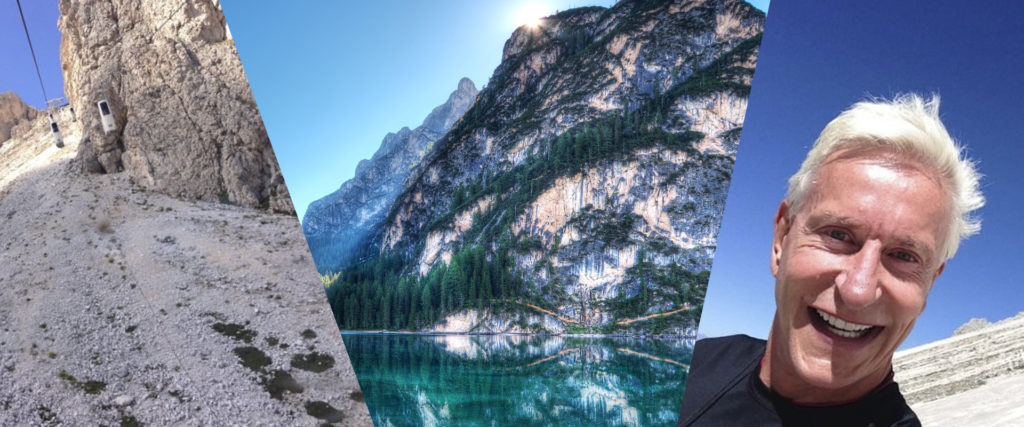


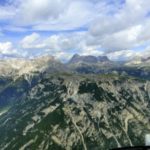

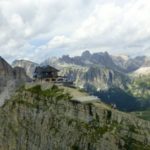
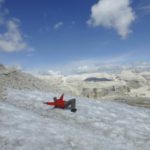


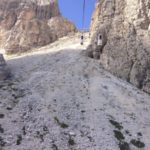



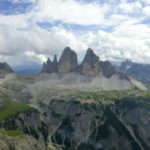

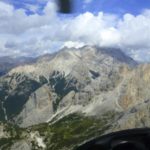


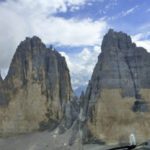
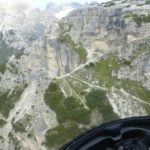

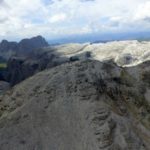

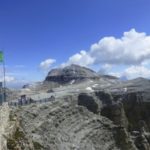
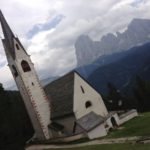
Comments are closed.